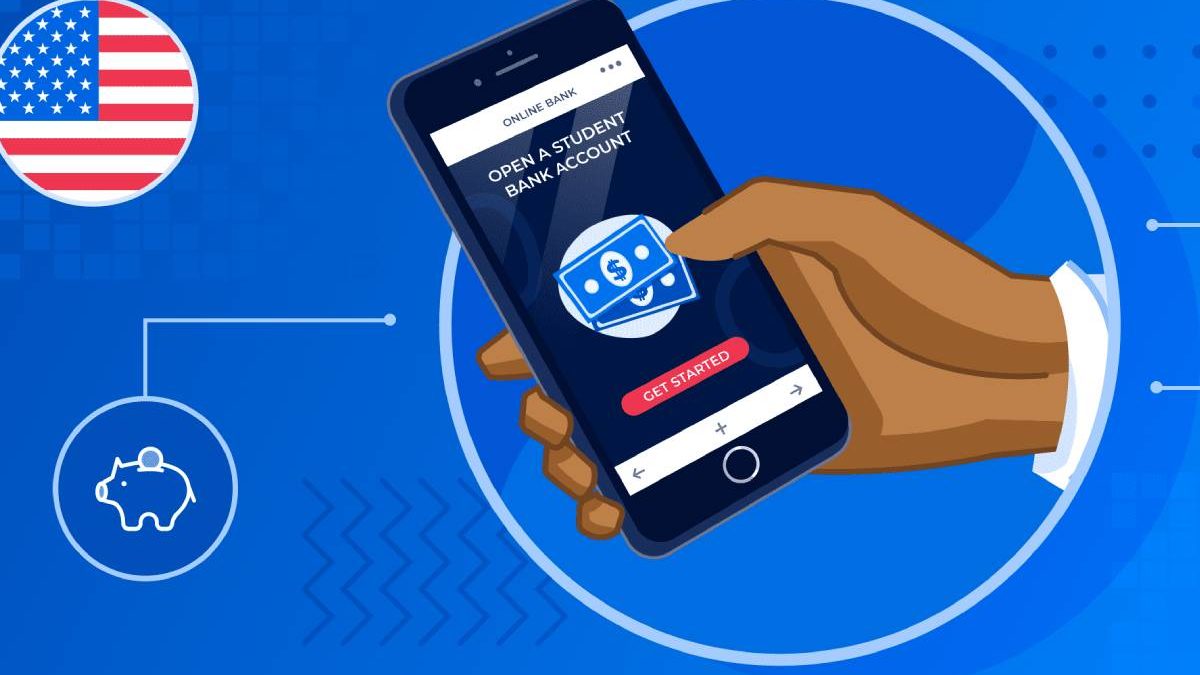As a college student, you’re probably looking for ways to save money. You might have heard about student checking accounts, which can help you avoid fees and organize your finances. This guide will explain what a student checking account is and how it can benefit your college education. We’ll also give tips on choosing the best bank accounts for college students.
Table of Contents
What Are Student Checking Accounts?
A student checking account is a bank account designed to serve students. They’re usually free, have lower interest rates than regular checking accounts, and have fewer features. While they might not be the best choice for everyone, they’re perfect if you’re a college student looking for an inexpensive way to manage your money while in school. SoFi’s experts state, “If you open a student account, the bank may also waive ATM fees and forgive overdrafts, reflecting the fact that students often don’t have a lot of extra income to spare.”
What to Look For in a Student Checking Account
Now that you know the basics of student checking accounts, it’s time to consider some of the bells and whistles you might want. Some banks offer services at no cost, while others charge additional fees for those perks—depending on what matters most to you. Here are a few features to look for when shopping around:
- Free ATM withdrawals. If your bank charges for ATM withdrawals, this can add up quickly over time, so any checking account you choose must offer free access to ATMs in addition to their own network.
- Free online banking and bill payer services. It may seem like basic stuff, but some banks charge extra for these essential features if they aren’t included with your monthly fee or have different tiers depending on how much money is in your account balance at any given time (which doesn’t make sense!).
How to Open a Student Bank Account
The first step in opening a student bank account is ensuring you have all the necessary information. You must show your valid photo ID, social security number and email address when opening your account.
- Your photo ID must match the name on the application, so if you cannot provide that, then be prepared for delays or potential rejection.
- Your social security number (SSN) must also match exactly what is on file at the U.S Department of Treasury’s Bureau of Fiscal Service (BFS). Although all banks may not require it, some banks do require this number as part of their identity verification process.
- All forms should be filled out completely and accurately before submitting them for processing. Otherwise, applicants might have unnecessary delays or rejections due to incomplete information being provided during the online applications forms submission process.
Find the features that matter most to you and minimize the costs.
When searching for your ideal student checking account, here are some things to remember.
- You want to find the features that matter most to you and minimize the costs.
- Look for a checking account that offers free overdraft protection (although there’s no guarantee).
- Make sure you get a debit card—it’s easier than having to write checks all the time.
- Look for a checking account that offers rewards such as cashback or travel miles, but don’t expect much unless it’s through an app like [Google Pay].
There are many student checking accounts, so choosing the right one for you can be difficult. However, if you follow these tips for finding a student account that fits your needs and preferences perfectly. Then it will be easy to find the perfect fit!

